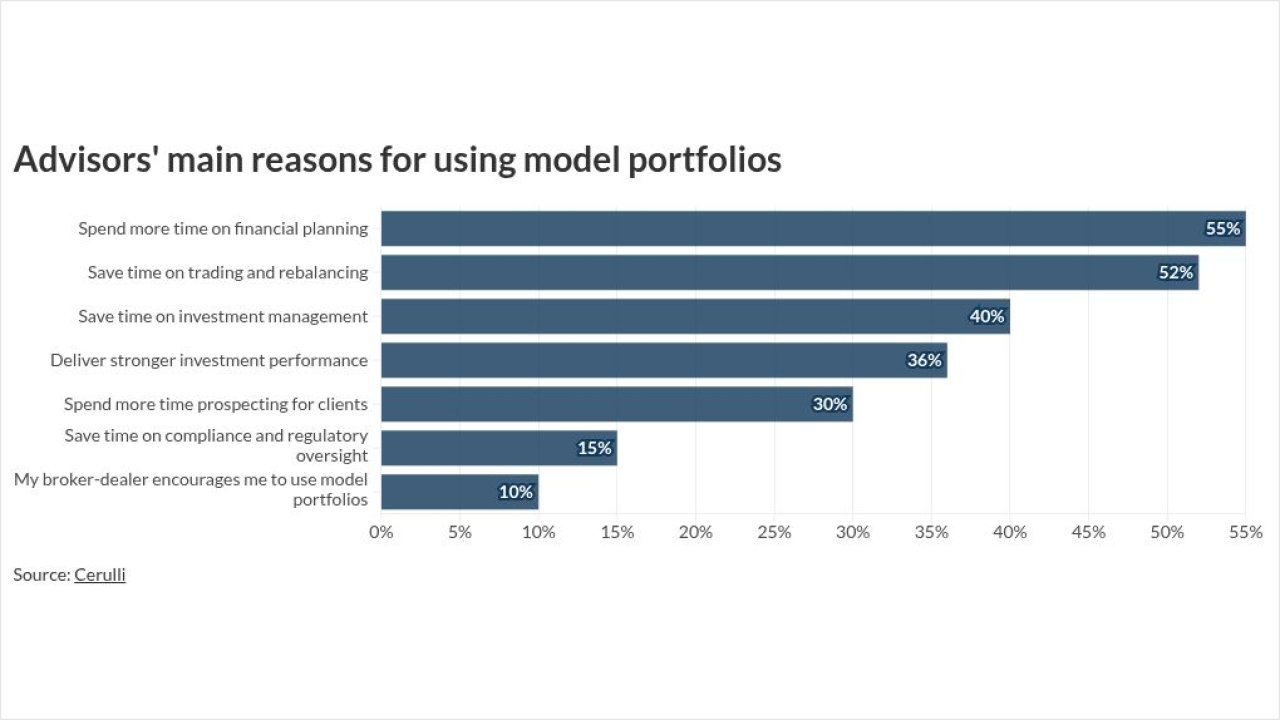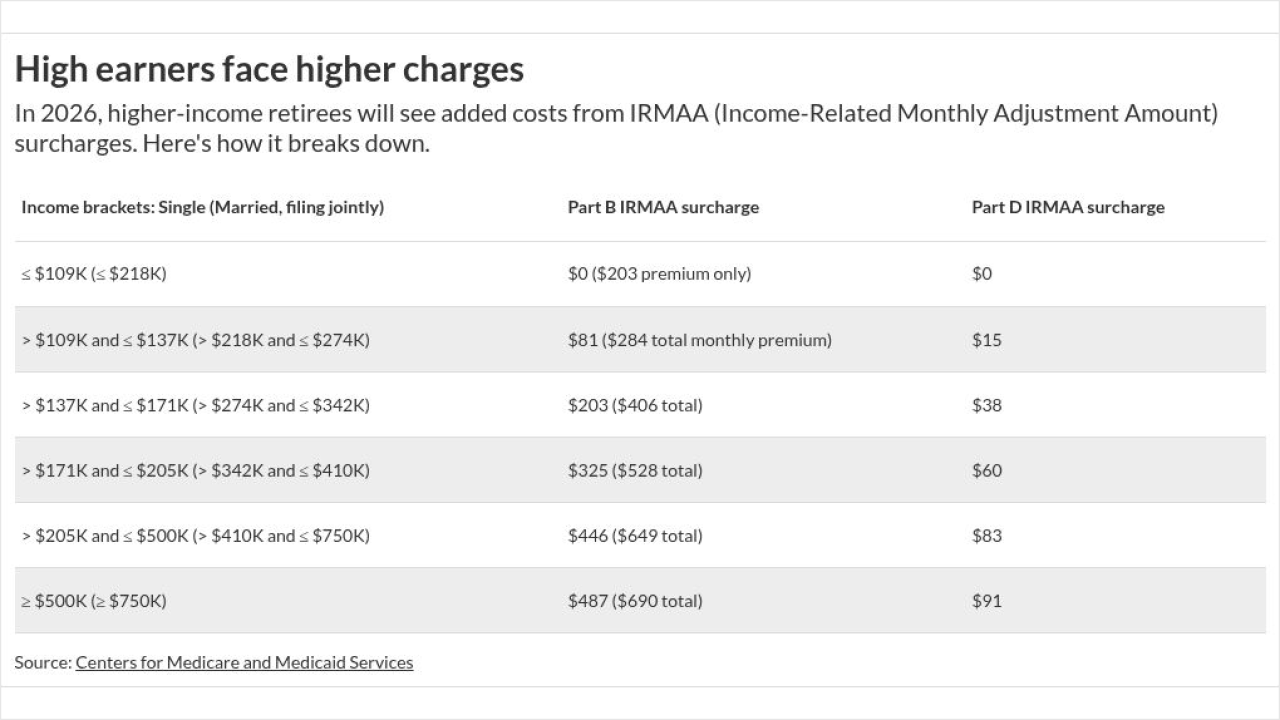The ultra-wealthy are using charitable giving vehicles like donor-advised funds and private foundations to avoid taxes and exert influence, at the expense of ordinary taxpayers, according to a new report.
The
Over the past five years, the median payout rate for private foundations has hovered between 5.2 and 5.6%, and this payout includes compensation to trustees, overhead and donations to DAFs.
Donations to DAFs are now more than a quarter of all U.S. individual charitable giving, according to the report. The $85.5 billion donated to DAFs in 2022 made up 27% of the $319 billion in individual giving last year, up from $73.34 billion and 22% in 2021.

The largest DAF sponsors now take in more money each year than the largest public charities, according to the report. By 2021, seven of the top 10 recipients of charitable revenue in the country were DAF sponsors, including the four largest affiliated with Fidelity, Schwab, Vanguard and the National Philanthropic Trust. Spokespeople at the four organizations did not respond to requests for comment.
A significant amount of DAF grants go to other DAFs, according to the report, which found $2.5 billion in grants going from national donor-advised funds to other national donor-advised funds in 2021 alone.
Separately, the National Philanthropic Trust, which manages donor-advised funds, released its
Contributions to DAF accounts totaled $85.53 billion in 2022, a 9% increase from $78.44 billion in 2021, according to the NPT report. Charitable assets in all DAF accounts totaled $228.89 billion in 2022, a 1.1% decrease from $231.35 billion in 2021. The number of DAF accounts in the U.S. totaled 1,948,545 in 2022, a 2.9% increase compared to 1,893,762 in 2021. The average DAF account size was $117,466 in 2022, a 3.8% decrease compared to $122,162 in 2021. The grant payout rate (a calculation of grantmaking dollars from DAFs to charities relative to total DAF charitable assets) decreased to 22.5% in 2022, from 28.7% in 2021, but that came after two years of the highest payout rates on record in 2020 and 2021. The aggregate
"Based on the National Philanthropic Trust's new estimates for 2022, 41% of all individual donations are going to intermediaries now," said Chuck Collins, director of the Program on Inequality and the Common Good at the Institute for Policy Studies, who co-wrote the report. "The wealthier the donor, the more likely that they are using an intermediary, a donor advised fund or a private foundation."
How much of that money is actually reaching the charities themselves is unclear. "It's hard to know," said Collins. "Some of it probably revolves out the door pretty quickly, and some of it may sit warehoused for long periods of time. We know private foundations have a mandatory 5% payout, but that number is also getting gamed a lot by overhead and donations to DAFs and things that bring the actual amount that leaves and goes to a working charity smaller and smaller."
It's also unclear which charities are receiving the most funding from the DAFs and foundations.
"One of the trends is, as philanthropy becomes more top heavy, meaning as nonprofits are more dependent on donations from wealthy donors, it changes what types of organizations get money," said Collins. "Large universities and hospitals are in a better position. They have institutional advancement departments and fundraisers who can chase down the big donors. The smaller kitchen table charities and smaller local organizations tend to get less. That's been a multiyear trend. Things that wealthy people like to gift are getting more money, because that's where more of the money's coming from."
Project Hope, a global health and humanitarian organization, has found that a lapse or decline in giving can directly affect its ability to deliver aid in emergencies such as the Turkey-Syria earthquakes, the Israel-Gaza conflict, the Sudan humanitarian crisis and more. "Donor-advised funds offer an attractive option for donors to give in a variety of ways and to give generously," said Project Hope chief development and communications officer Cinira Baldi. "As a humanitarian aid organization that relies on constant and flexible funding to respond to timely events like wars, weather disasters, and more; we're concerned to see that DAF contributions are on the rise, but the DAF payouts are on the decline. As a result, billions of dollars are sitting with financial institutions who have an incentive to hold funds, rather than going out to charities like ours who are looking to make an immediate and lifesaving impact. The generosity we're seeing from DAF contributions is extremely exciting, but guardrails around greater transparency and payout timelines and/or minimums would significantly benefit the charities that they are ultimately meant to support."
The Tax Cuts and Jobs Act of 2017 reduced the incentives for charitable giving by middle-class and lower-income taxpayers by prompting them to claim the larger standard deduction rather than itemize their deductions. While there were temporary $300 and $600 above-the-line charitable deductions for non-itemizers in 2021, those have gone away.
"Those have expired," said Collins. "Now only less than 10% of the population take the charitable deduction, given the smaller number of households itemizing. Low and middle income people continue to give to the charities, but they just don't get any tax benefit. Our study found the wealthier you are, the bigger the tax deduction. It's like the opposite of a regressive tax. If you're a billionaire, you're not only reducing your income tax, you're also reducing your estate and your capital gains. Our analysis found that for every dollar that a billionaire gifts to charity, we the taxpayer are chipping in up to 74 cents in lost revenue."
There have been calls in Congress to require bigger payouts from DAFs and private foundations to charities. "There are some voluntary efforts, but the laws that govern charity that were written in 1969 need to be modernized to discourage warehousing and encourage the flow to working charities," said Collins. "I would be in favor of increasing foundation payouts to 7%, cap how much overhead can be included in that qualified distribution calculation, and require the DAFs have some form of payout or pay out their funds within five years. You get a tax break for the year you put the money in. You just need to fulfill your part of the promise. And then a certain amount of transparency on funds flowing out from DAFs. We have very little information about where those funds go. It's subject to all kinds of abuse."
He sees that need even more as use of DAFs continues to grow. "Now 27 cents of every dollar that individuals give to charity goes to DAFs," said Collins. "That's a huge increase, up from 22% last year. I think that is because of aggressive marketing. The wealth management industry is marketing DAFs less about charity, and more about tax reduction and payout secrecy. Those are the benefits and perks, the ability to give complex assets, like crypto and appreciated property, to get the maximum tax break. They're really being marketed as tax avoidance tools in one quarter of the charity world, and that's led to this surge in their use. That's a troubling trend and undermines trust because a lot of those funds are flowing in different directions. We don't know where they're going."





